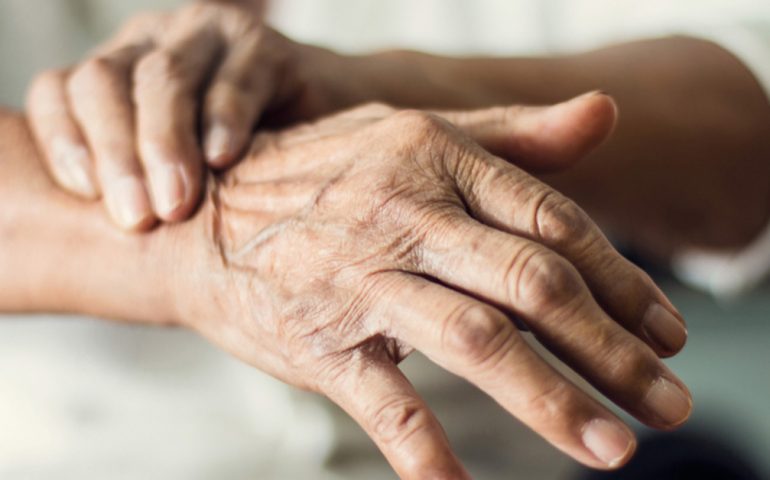
Movement Disorders
Neurology: Definition, Types, Symptoms of Movement Disorders
Neurology is a medical field that deals with the functioning and disorders of the nervous system, focusing on various movement disorders. Movement disorders encompass conditions that cause abnormalities in muscle coordination, control, or function. In this article, we will explore the general definition of movement disorders, different types, symptoms, causes, diagnosis and treatment methods, as well as the insights of Neurologist Dr. Mustafa Zafer Demirtaş from Alanya.
Definition of Movement Disorders: Movement disorders are neurological conditions associated with abnormalities in muscle coordination, control, or function. These disorders can affect voluntary movements, automatic movements, and posture. Movement disorders may be caused by genetic factors, neurotransmitter imbalances, or brain damage.
Types of Movement Disorders: Movement disorders can be categorized into various types:
- Tremors: Rhythmic shaking or oscillatory movements.
- Dystonias: Conditions characterized by involuntary muscle contractions.
- Hyperkinetic Movement Disorders: Conditions with excessive and involuntary movements.
- Hypokinetic Movement Disorders: Conditions with reduced or slowed movements.
- Myoclonus: Sudden, rapid muscle contractions.
- Tardive Dyskinesias: Movement disorders caused by prolonged use of antipsychotic medications.
- Choreaform Movement Disorders: Involuntary and repetitive movements.
- Ataxias: Coordination disorders.
Symptoms of Movement Disorders: Symptoms of movement disorders vary based on the type and underlying cause. For instance, individuals with tremors may experience shaking hands, those with dystonia may have involuntary contractions, and individuals with Parkinson’s may exhibit slow movements and stiffness.
Causes of Movement Disorders: The causes of movement disorders are complex and can vary based on different conditions. Genetic predisposition, neurotransmitter imbalances, brain injuries, or infections can play a role.
Findings in Examination: Neurological examination is crucial for diagnosing movement disorders. Symptoms such as the type of tremor, movement limitations, postural abnormalities, and involuntary movements are assessed.
Parkinson’s Disease: Parkinson’s disease is a chronic neurological condition where brain cells are damaged, affecting movement control. Symptoms like tremors, slow movements, and rigidity may manifest.
Essential Tremor and Other Tremor Types: Essential tremor is characterized by hand tremors and often occurs in individuals with a family history. Unlike Parkinson’s, it intensifies during movement.
Dystonia: Dystonia is a condition involving involuntary muscle contractions resulting in repetitive and abnormal postures.
Restless Legs Syndrome: Restless legs syndrome involves an uncomfortable sensation and the urge to move legs. Symptoms worsen during rest.
Parkinson Plus Syndromes: These syndromes share symptoms with Parkinson’s disease but progress faster and respond less to treatment. Examples include Multiple System Atrophy and Progressive Supranuclear Palsy.
Tardive Syndromes: Tardive dyskinesias are movement disorders arising from prolonged use of antipsychotic drugs.
Chorea: Chorea involves involuntary and abnormal movements. Huntington’s disease is an example, caused by genetic factors.
Huntington’s Disease: Huntington’s disease is a genetic disorder resulting in cell death and affecting movements, cognition, and emotions.
Paroxysmal Dyskinesias: Paroxysmal dyskinesias are neurological conditions characterized by sudden, involuntary movements.
Myoclonus: Myoclonus is characterized by sudden muscle contractions.
Tic Disorders and Tourette Syndrome: Tic disorders involve involuntary and repetitive muscle movements or vocalizations. Tourette syndrome is a condition where multiple tics and vocalizations occur.
Wilson’s Disease: Wilson’s disease is a genetic disorder where copper accumulates in the body, leading to movement disorders, liver issues, and cognitive symptoms.
Functional Movement Disorders: These disorders arise without an organic cause and present with involuntary movements. Psychological factors can play a role.
Diagnosis of Movement Disorders: Diagnosis relies on the patient’s symptoms, medical history, and neurological examination. In some cases, imaging techniques such as brain scans or electromyographic tests may be necessary.
Treatment of Movement Disorders: Treatment depends on the type and severity of the movement disorder. Methods such as medication, physiotherapy, surgical intervention, and psychotherapy can be employed.
Prognosis: Prognosis depends on the type of movement disorder, underlying cause, and patient response to treatment. While some conditions can be managed, others may have a progressive course.
Insights from Dr. Mustafa Zafer Demirtaş: Dr. Mustafa Zafer Demirtaş is one of the prominent neurologists in Alanya. He possesses extensive experience in diagnosing and treating movement disorders. With a patient-centered approach and up-to-date medical knowledge, he provides the best service to his patients.
Questions and Answers:
- What are movement disorders?
- Movement disorders are neurological conditions causing abnormalities in muscle coordination, control, or function.
- What are the symptoms of Parkinson’s disease?
- Symptoms of Parkinson’s disease include tremors, slow movements, stiffness, and balance issues.
- What is essential tremor?
- Essential tremor is characterized by trembling hands and is often seen in individuals with a family history.
- How does Huntington’s disease develop?
- Huntington’s disease is a genetic condition leading to muscle coordination issues, movement problems, and cognitive functions.
- Which movement disorders are untreatable?
- Parkinson Plus Syndromes are examples of progressive movement disorders that respond poorly to treatment.
This article covered the definition of movement disorders, various types, symptoms, causes, diagnosis and treatment methods, prognosis, and insights from Neurologist Dr. Mustafa Zafer Demirtaş from Alanya.




